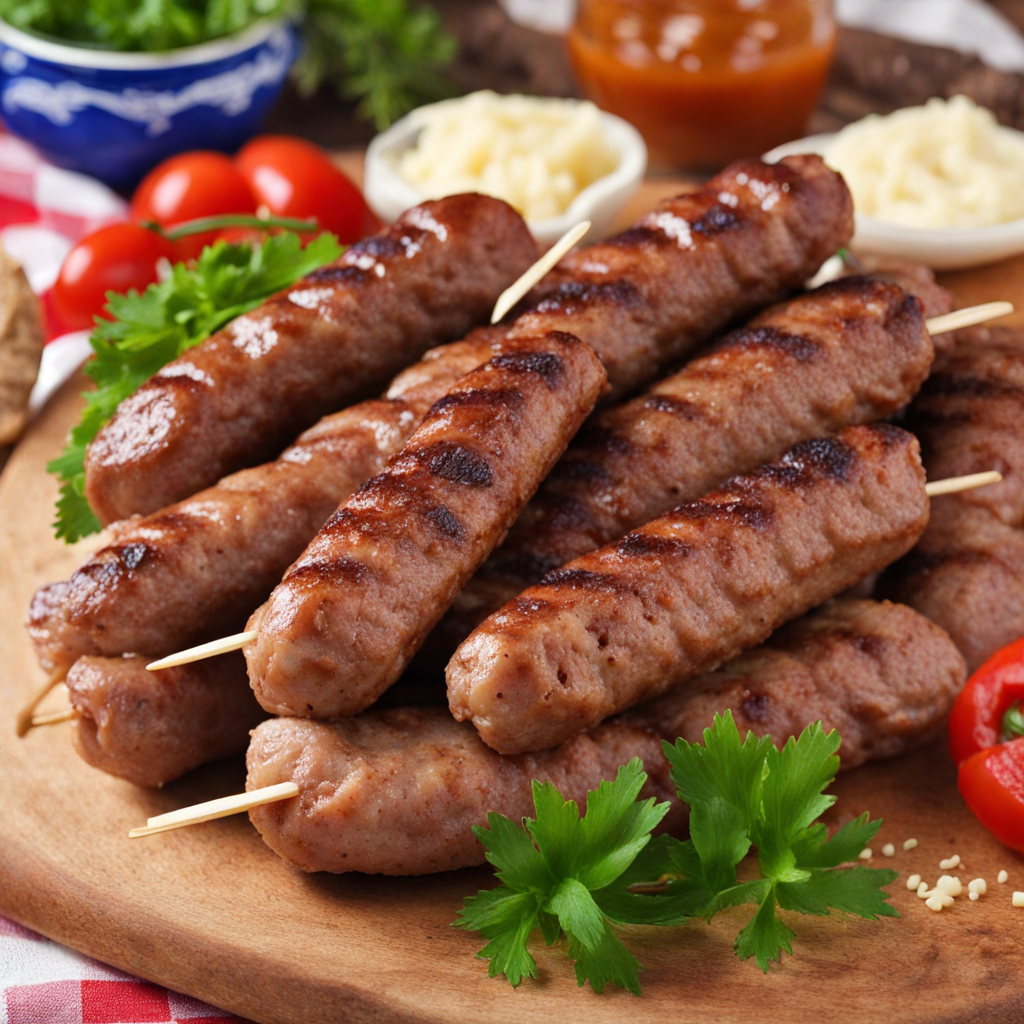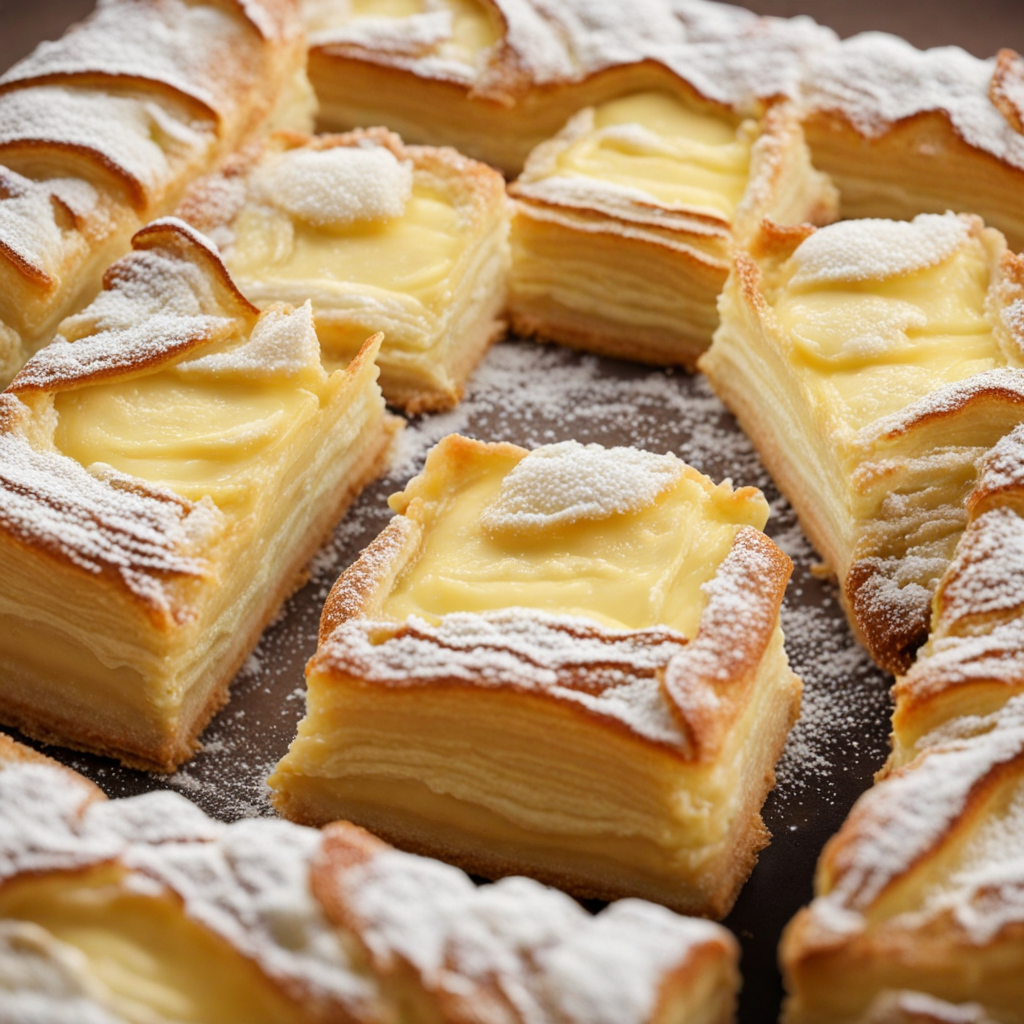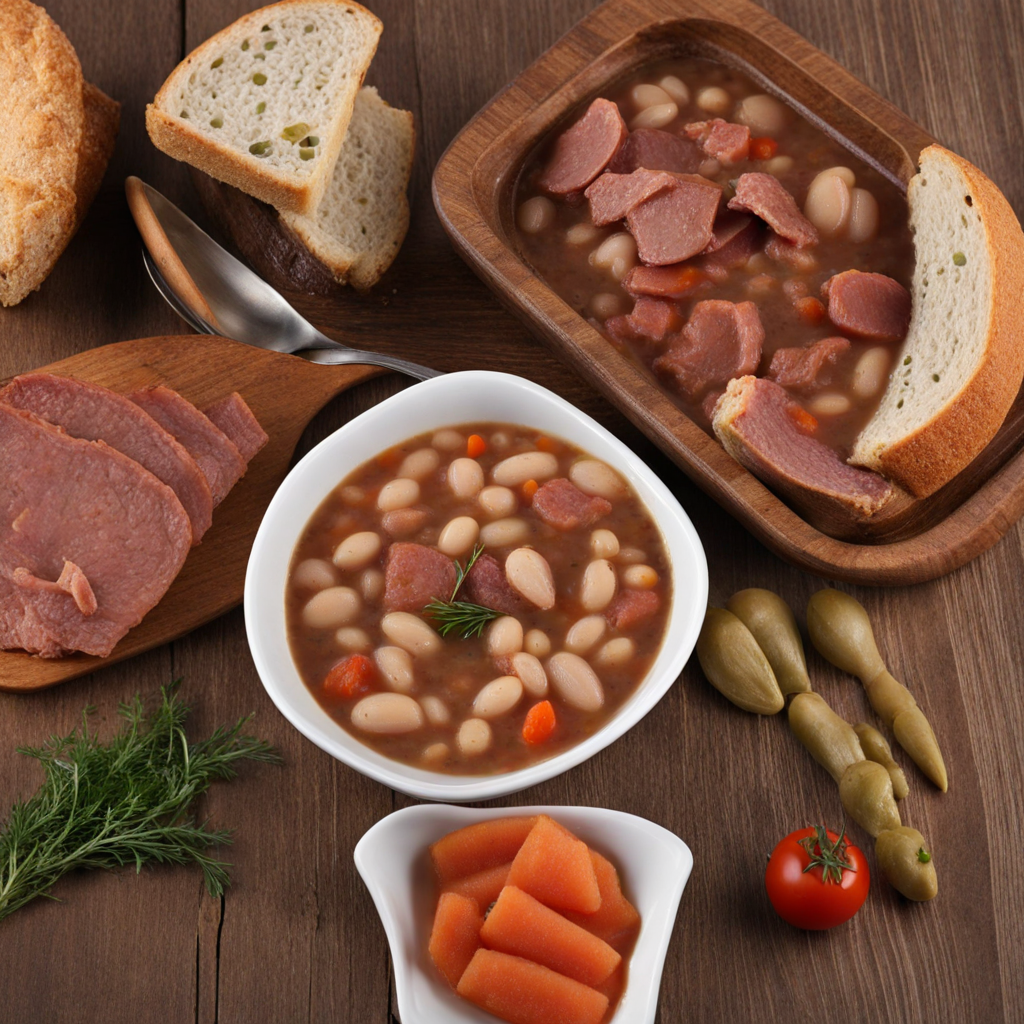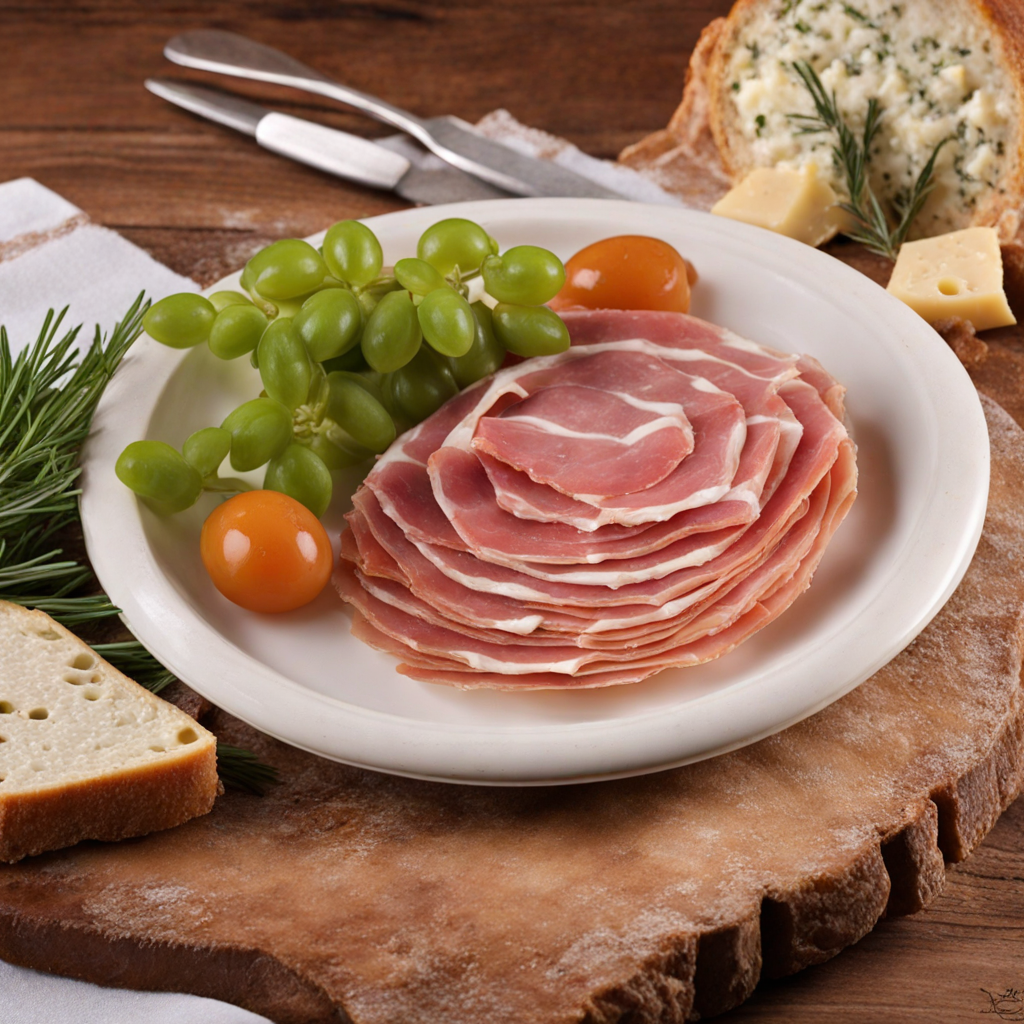Cevapi
Cevapi is a beloved dish hailing from the Balkan region, particularly popular in Croatia. These small, skinless sausages are typically made from a blend of minced beef, lamb, or pork, seasoned with a medley of spices such as garlic, salt, and pepper. The result is a flavorful and juicy bite that captures the essence of traditional Balkan cuisine. Cevapi is often served in a soft, warm flatbread known as lepinja, allowing you to savor the robust flavors as the bread absorbs the savory juices. As you take your first bite of cevapi, you'll be greeted with a delightful combination of smoky and savory notes. The grilling process gives the sausages a beautifully charred exterior while keeping the inside tender and succulent. Traditionally, cevapi is accompanied by a variety of side dishes, including chopped onions, red pepper-based condiment known as ajvar, and a dollop of creamy sour cream, all of which enhance the overall experience and add layers of flavor to each mouthful. This dish is not just about taste; it's also about the communal experience it brings. Cevapi is often enjoyed at gatherings, barbecues, or as a street food delicacy, making it a perfect choice for those wanting to immerse themselves in Croatian culture. Each bite transports you to the heart of the Balkans, where the love for grilling and sharing food brings people together, making it an unforgettable culinary adventure.
How It Became This Dish
The History of Ćevapi: A Culinary Journey through Croatia Ćevapi, small, grilled sausage-like patties made from minced meat, are among the most beloved culinary staples in Croatia and the broader Balkan region. Their origins, cultural significance, and evolution are deeply interwoven with the history and traditions of the peoples of Southeast Europe. This delicious dish not only tantalizes the taste buds but also serves as a portal into the rich tapestry of regional identity, history, and hospitality. Origin and Early History The roots of ćevapi can be traced back to the Ottoman Empire, which spanned from the late 13th century until the early 20th century and profoundly influenced the Balkans' culinary landscape. The Ottomans introduced numerous culinary techniques and ingredients, including various forms of grilled meats, which melded with local traditions to create unique dishes. The word “ćevap” itself is derived from the Turkish word "kebap," a term that encompasses various grilled meat dishes. In the 15th and 16th centuries, as the Ottomans expanded their territory into the Balkans, the culinary practices of the region began to evolve. The blending of cultures brought forth not only new flavors but also new methods of cooking and seasoning. Local populations began to adapt these influences to their tastes, leading to the creation of ćevapi as we know them today. Originally made with simple ground meat, ćevapi quickly became a popular choice among the local populace due to their ease of preparation and versatility. Cultural Significance Ćevapi hold a special place in Croatian culture and are often associated with gatherings, celebrations, and communal meals. They are not just food but a symbol of hospitality and togetherness. In Croatia, especially in regions like Istria and Slavonia, it's common to find ćevapi served at family gatherings, weddings, and other festive occasions. The preparation and sharing of ćevapi often serve as a bonding experience, reinforcing community ties. Moreover, ćevapi are considered a national dish in several Balkan countries, including Bosnia and Herzegovina, Serbia, and Montenegro, fostering a sense of regional identity. Each country and even local regions within countries have their variations and recipes, showcasing the adaptability of this dish. In Bosnia, for instance, ćevapi are often served with somun, a type of flatbread, alongside chopped onions and red pepper paste. In Croatia, they may be accompanied by ajvar (a condiment made from roasted red peppers) and fresh bread, with a sprinkle of salt and pepper enhancing the flavors. The cultural significance of ćevapi extends beyond mere sustenance. They embody a sense of pride and tradition, representing the culinary heritage of the Balkan peoples. Many families have their own secret recipes passed down through generations, and the art of making ćevapi is often a cherished skill. Variations and Regional Differences While ćevapi have a general recipe framework, the ingredients and preparation methods can vary significantly across different regions. In Croatia, the most common meats used for ćevapi are beef, lamb, and pork, often combined to create a unique flavor profile. The spice blends also differ from one region to another, with some areas favoring a more robust seasoning of garlic and black pepper, while others may lean towards a milder approach. In Istria, for example, the influence of Italian cuisine is evident, as local chefs may incorporate herbs like rosemary and parsley into their ćevapi. Conversely, in Slavonia, where the culinary tradition is heavily influenced by Hungarian cuisine, there might be a greater emphasis on paprika and other spices, giving the ćevapi a distinctively smoky and spicy flavor. Another notable variation is the way ćevapi are served. In urban centers like Zagreb, they may be presented in a more modern dining format, often with gourmet twists, while in rural areas, they might be served in simple, rustic settings, emphasizing traditional cooking methods over contemporary flair. Ćevapi in Modern Times In recent decades, ćevapi have gained international recognition, becoming a symbol of Balkan cuisine beyond the borders of Croatia. With the rise of globalization and the spread of culinary trends, many restaurants and eateries around the world have begun to feature ćevapi on their menus, appealing to both curious food enthusiasts and those with ties to the Balkan diaspora. Food festivals celebrating Balkan cuisine, including ćevapi, have emerged in various cities globally, helping to promote cultural exchange and appreciation for the diverse flavors of the region. The dish has found its way into food trucks and casual dining spots, where it is often paired with contemporary sides or served in fusion styles. Despite these modern adaptations, traditional methods of preparing ćevapi remain. Many Croatian families still uphold the custom of grilling ćevapi over an open flame, often using charcoal for that authentic smoky flavor. This traditional method not only enhances the taste but also brings people together, as friends and family gather around the grill to enjoy the process of cooking and sharing. Conclusion Ćevapi are more than just a popular dish in Croatia; they are a cultural cornerstone that embodies the history, traditions, and communal spirit of the Balkan peoples. From their Ottoman origins to their present-day status as a beloved national dish, ćevapi reflect the adaptability and resilience of culinary practices over time. As they continue to evolve and gain recognition worldwide, these small grilled sausages remain a testament to the rich cultural heritage of Croatia and the Balkans. In every bite of ćevapi, one can taste the stories of history, the warmth of hospitality, and the enduring connections between people. Whether enjoyed at a family gathering, a local restaurant, or a food festival, ćevapi transcend their humble ingredients to become a symbol of culinary pride and cultural identity. In this way, they serve not just as food, but as a delicious reminder of the shared human experience of coming together to celebrate life, community, and the joys of good eating.
You may like
Discover local flavors from Croatia







